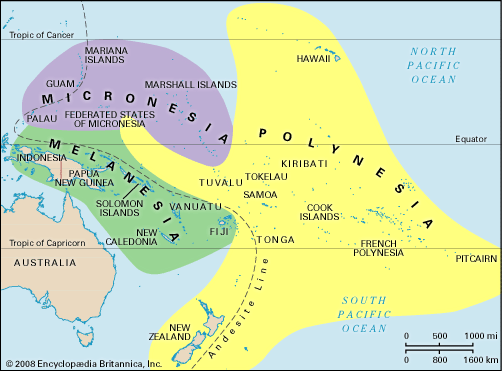Kuntz
AP Art History
AP



213. Nan Madol. Pohnpei, Micronesia. Saudeleur Dynasty. c. 700–1600 C.E. Basalt boulders and prismatic columns, wall height up to 25’.

213. Nan Madol. Pohnpei, Micronesia. Saudeleur Dynasty. c. 700–1600 C.E. Basalt boulders and prismatic columns, wall height up to 25’.

213. Nan Madol. Pohnpei, Micronesia. Saudeleur Dynasty. c. 700–1600 C.E. Basalt boulders and prismatic columns, wall height up to 25’.

214. Moai on platform (ahu). Rapa Nui (Easter Island). c. 1100–1600 C.E. Volcanic tuff figures on basalt base, average height approx. 36’.

214. Moai on platform (ahu). Rapa Nui (Easter Island). c. 1100–1600 C.E. Volcanic tuff figures on basalt base, average height approx. 36’.

215. ‘Ahu ‘ula (feather cape). Hawaiian. Late 18th century C.E. Feathers and fiber, approx. length 55 ¾”. British Museum, London, England.

215. ‘Ahu ‘ula (feather cape). Hawaiian. Late 18th century C.E. Feathers and fiber, approx. length 55 ¾”. British Museum, London, England.
CONTENT: What do you see?
FORM: The details (what you see more exactly). How the artist delivers the content.
CONTEXT: Everything NOT observable.
FUNCTION: The intended purpose of the work.
Assignments:
READINGS:
UNIT Sheet: below
SNAPSHOT SHEET:
SmartHistory's - Art of Oceania including Polynesia, Melanesia, and Mircronesia.
The Pacific Unit Sheet:

The Pacific Unit Sheet:

APAH 250 Images:
(From earlier Prehistoric Unit):
9. The Ambum Stone
11. Terra cotta fragment
Applied Art:
221. Navigation chart
219. Hiapo (tapa)
220. Tamati Waka Nene Gottfried Lindauer
Objects of Power and Authority:
215. 'Ahu 'ula (feather cape)
223. Presentation of Fijian mats and
tapa cloth to Queen Elizabeth II
Sacred Objects of Ritual and Performance:
216. Staff god
- staff god (contextual image)
217. Female deity
218. Buk (mask)
222. Malagan mask
- Malagan display
Structures of Power and Authority:
213. Nan Madol
214. Moai on platform (ahu)
•deity: a god
•tapu: objects that project status
•tatu / tatau: tattoo (the first to wear those famous designs were likely the Lapita)
•mana: a person’s vital force
•malangan: refers to both the memorial ceremonies carried out after burial and mourning and the masks, figures, and posts made for use in these ceremonies
•tatanua masks: masks symbolic of important subjects including identity, kinship, gender, death, and the spirit world
•moai: monolithic statues
•pukao: the top knots placed on some moai statues on Easter Island
•monolith: a large, single upright block of stone often shaped into a pillar or monument
•‘ahu ’ula: “red cloak” refers to the red color associated with royalty in Hawaii
•Lapita: an ancient Pacific culture believed to be the common ancestor of the contemporary cultures of Polynesia, Micronesia, and some areas of Melanesia.